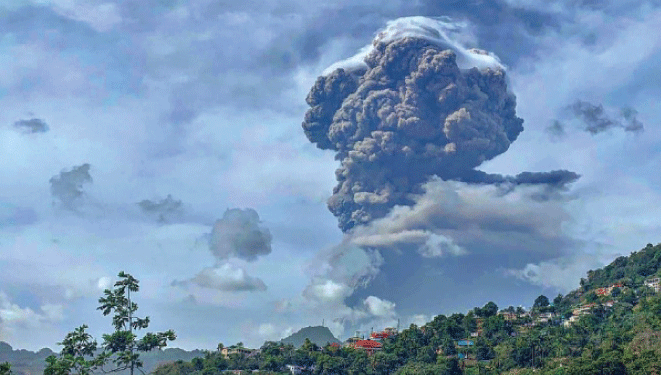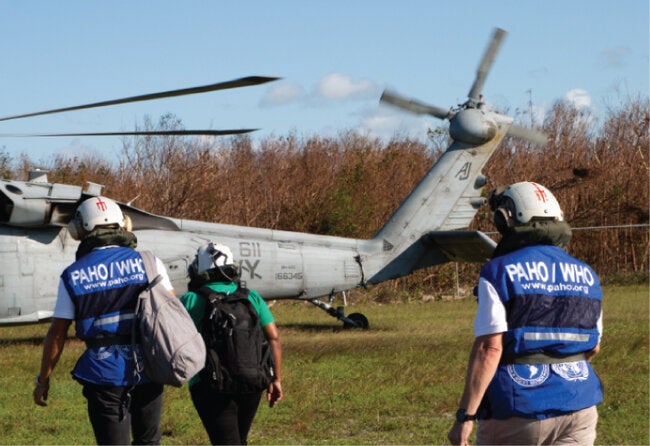Une région à risque
La Région de l’Amérique latine et des Caraïbes est exposée à une grande variété de situations d’urgence sanitaire et de catastrophes (naturelles, d’origine humaine, biologiques, chimiques, radiologiques et autres) d’une ampleur et d’une fréquence croissantes, qui touchent la Région chaque année. Ces événements ont un impact significatif sur la santé des populations et constituent un défi majeur pour les pays d’Amérique latine et des Caraïbes dans la protection du bien-être de leurs populations.
Voir les urgences actives auxquelles l’OPS répond :
Faits saillants
Entre 2007 et 2016, environ 24 % des catastrophes causées par des phénomènes naturels survenus dans le monde ont eu lieu dans la région des Amériques.
Les catastrophes naturelles ont tué plus de 247 203 personnes, affectant plus de 203 millions de personnes et causant des dommages totaux de 466 milliards de dollars américains. Chaque année, ces chiffres augmentent, ce qui constitue de graves menaces pour la santé publique et le développement des pays.
Les urgences sanitaires émergentes, telles que l’épidémie de virus Zika qui a exposé plus de 500 millions de personnes dans la Région ALC, représentent de nouvelles menaces pour la santé publique et exigent un champ d’action plus large en matière de préparation et de réponse.


























